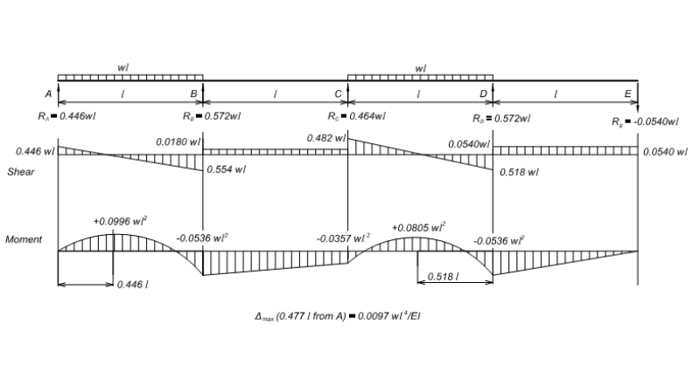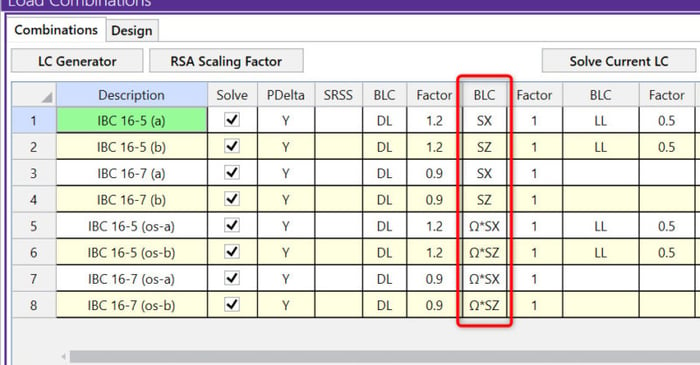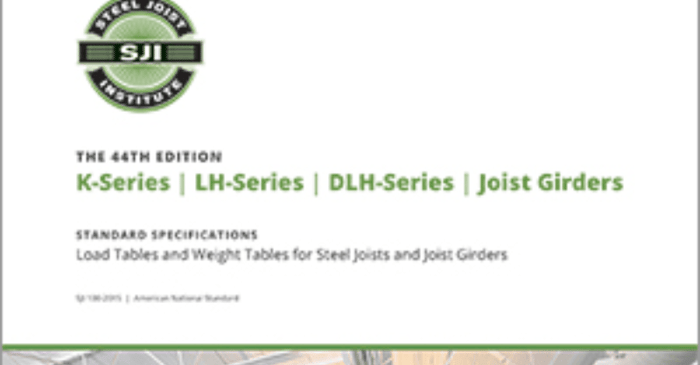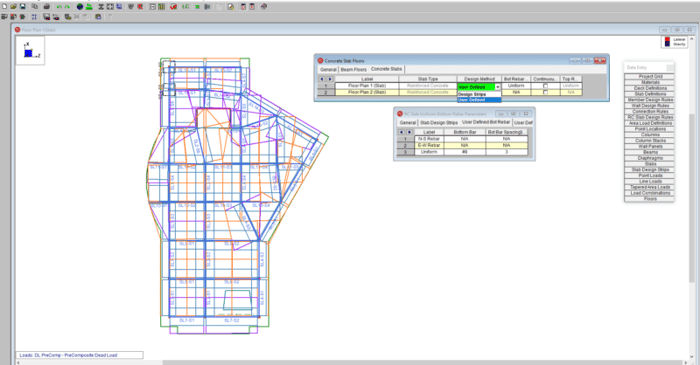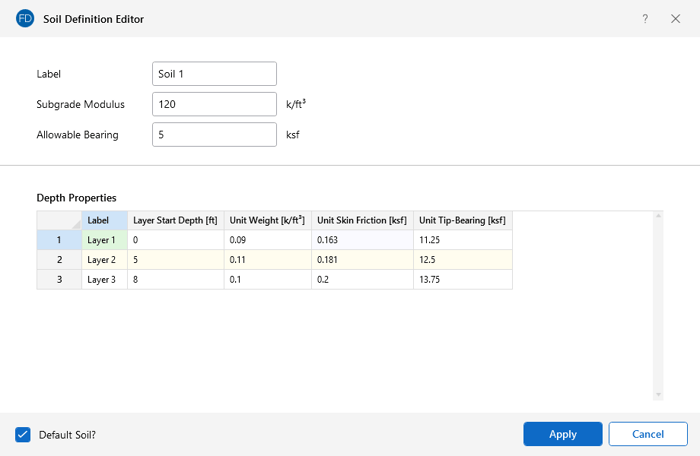
December 8, 2017
Soil Properties in RISAFoundation
With Pile Design in RISAFoundation, you have the ability to define the default soil properties for the entire model. But also the Soil Definitions spreadsheet gives you control over all the soil property layers in one location.





